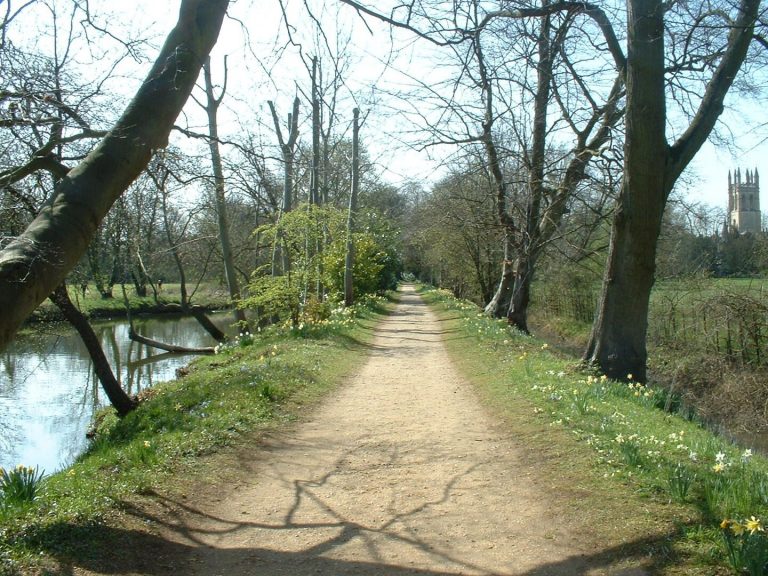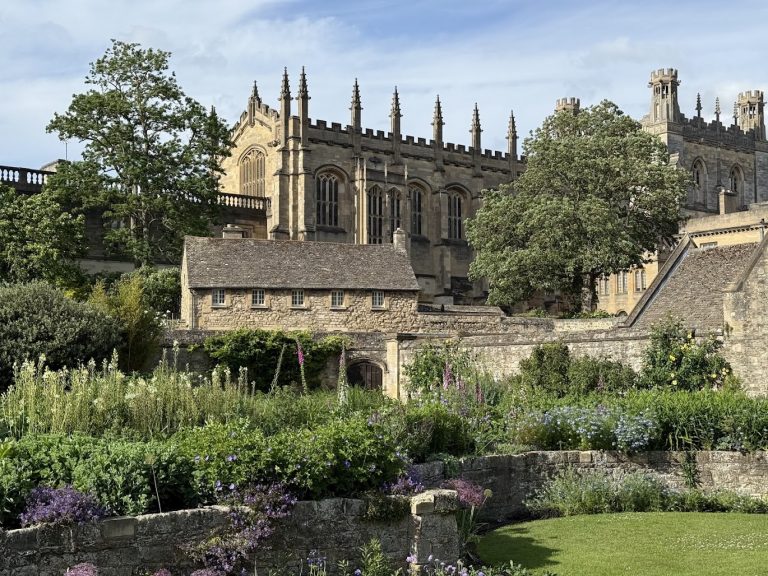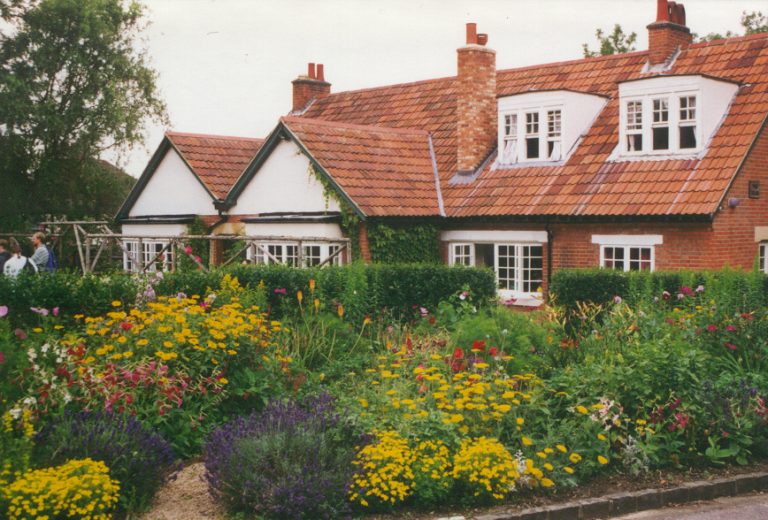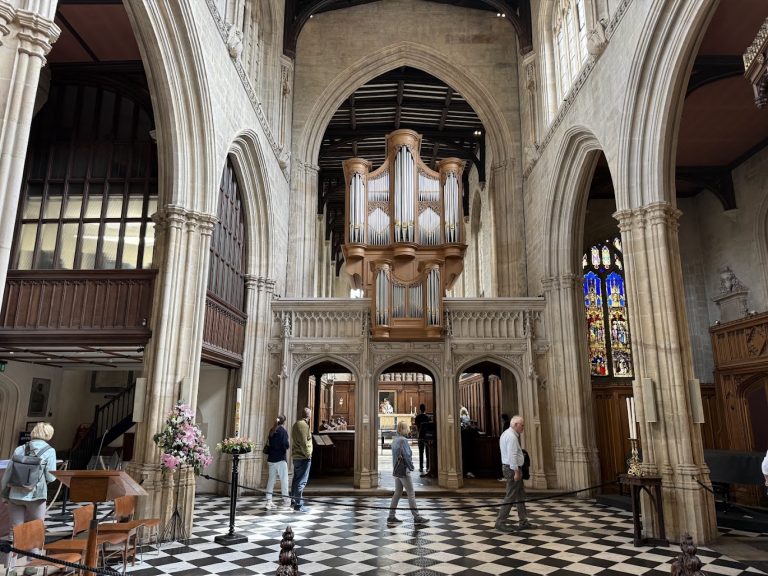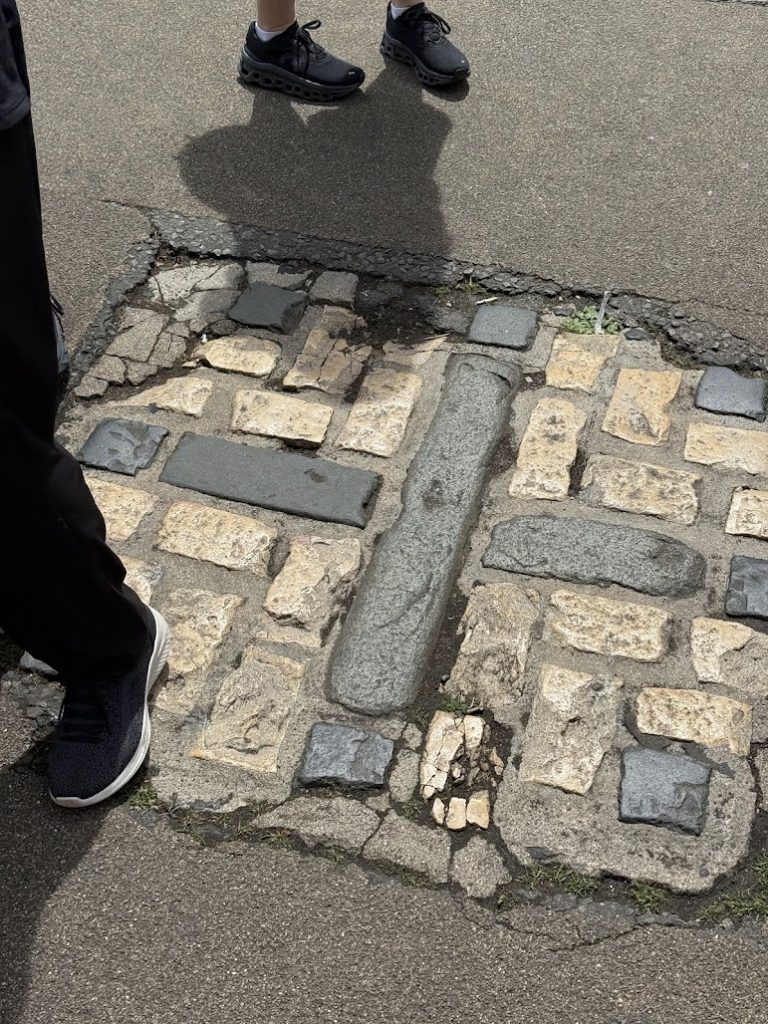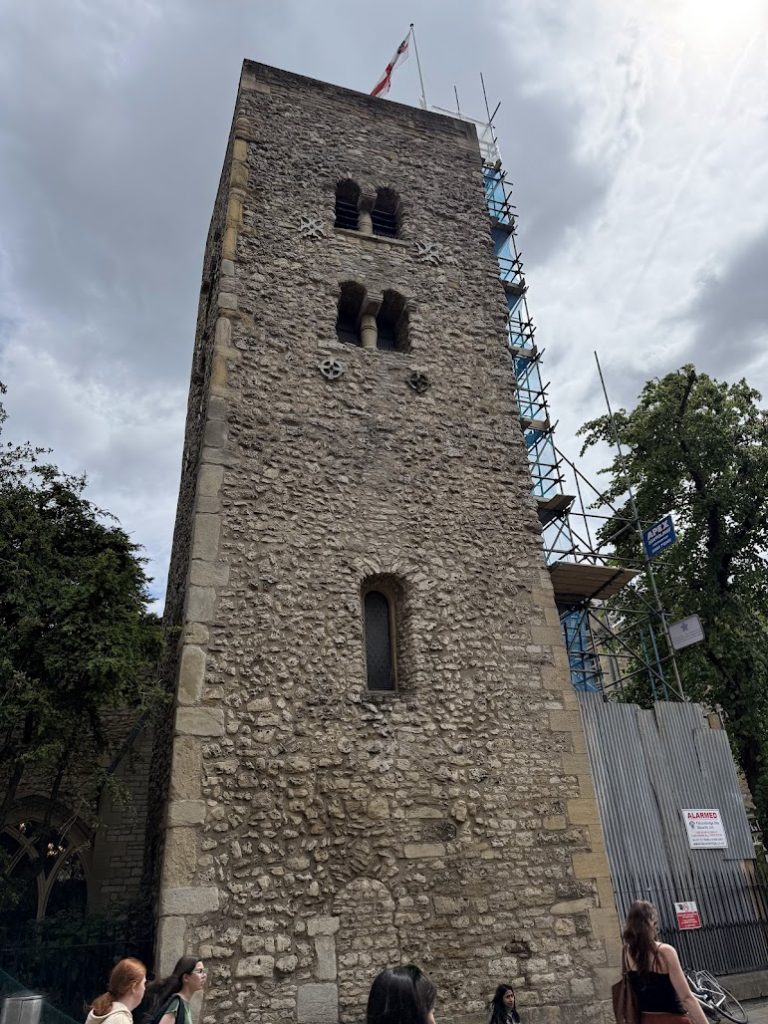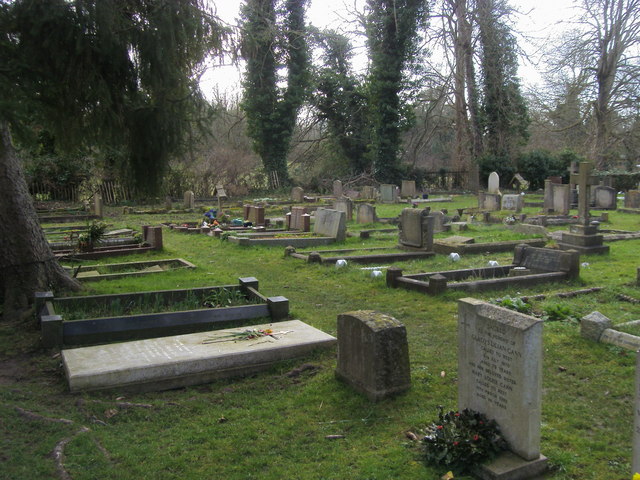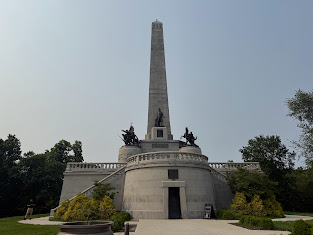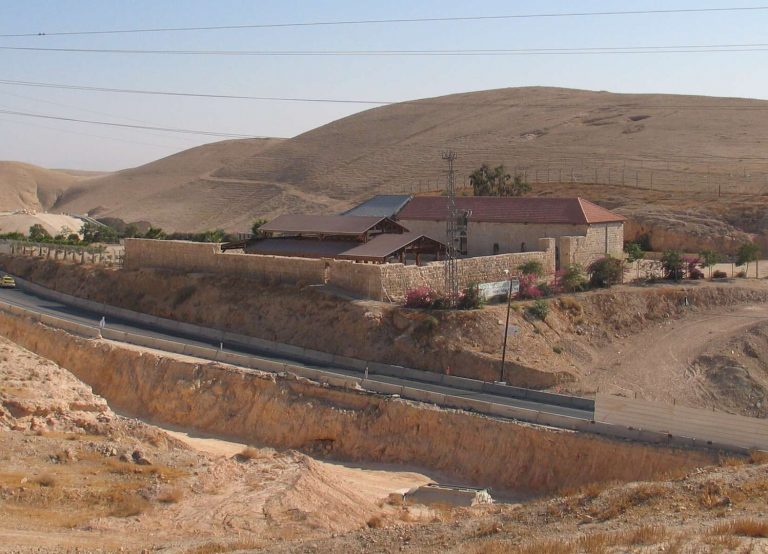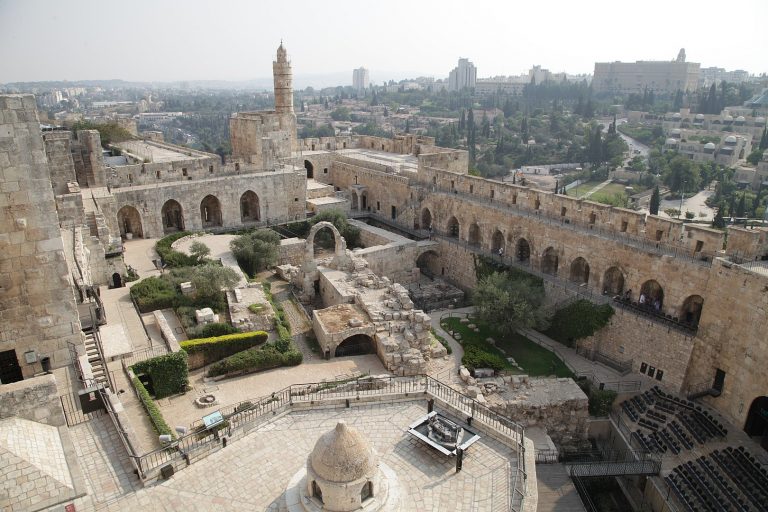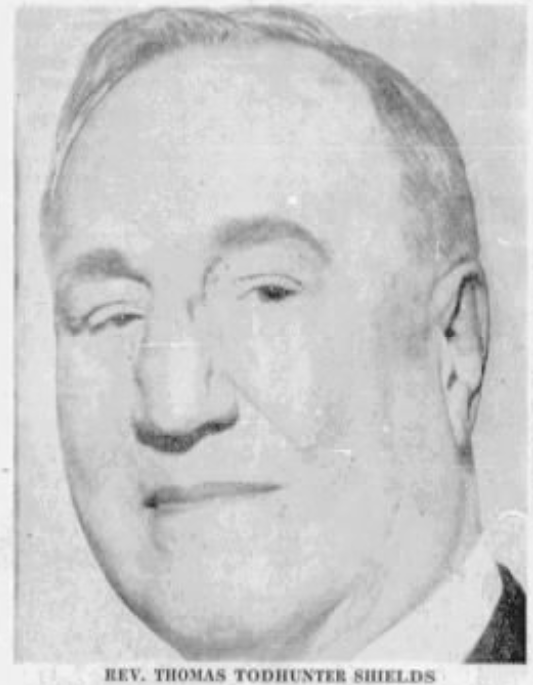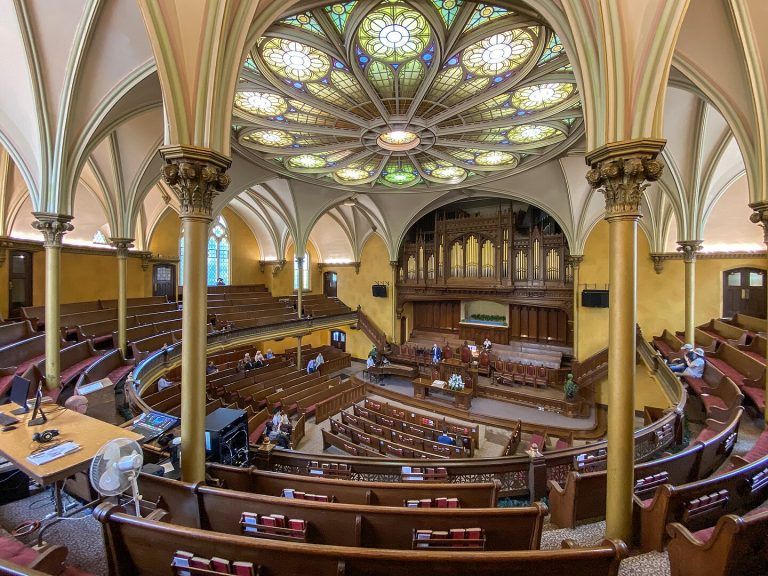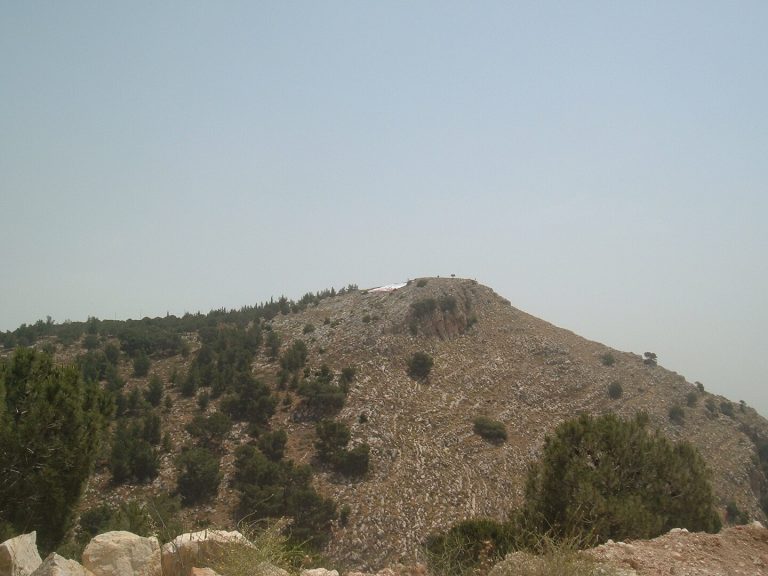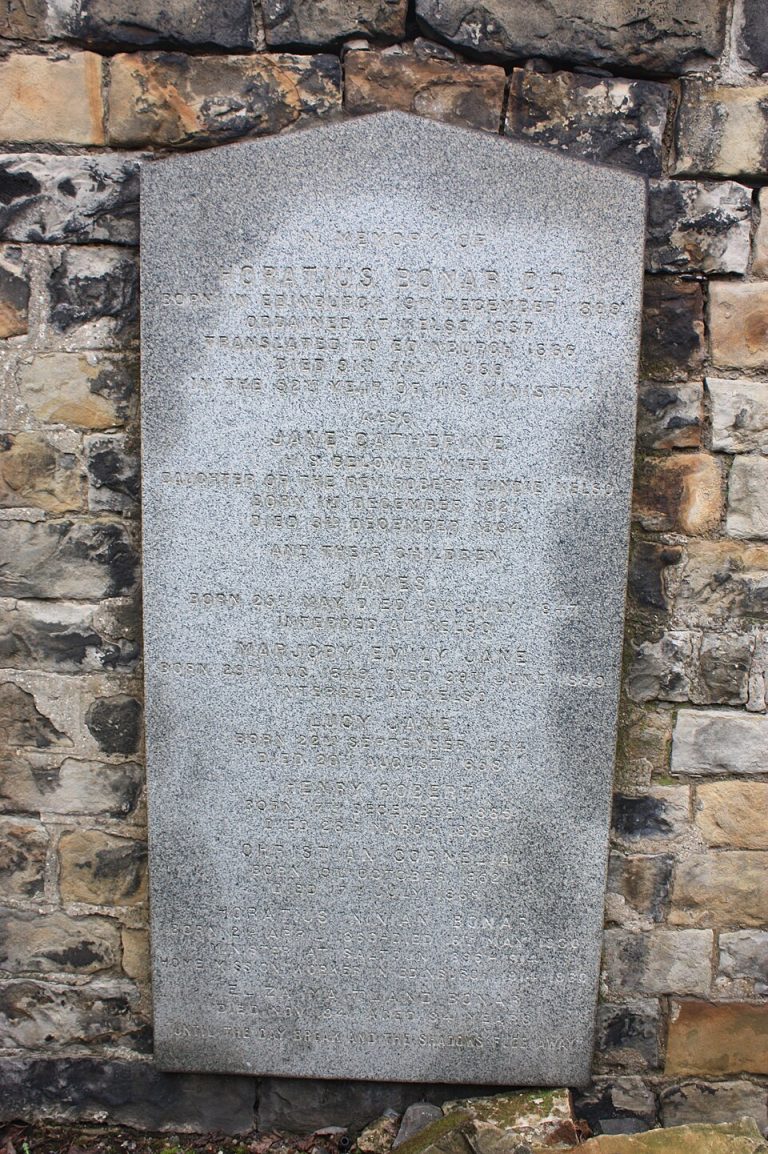The Leland-Madison Memorial Park, six miles east of Orange, at the intersection of US 20/Constitution Highway and SR 658/Clifton Road, is the place where James Madison met in an oak grove with Baptist-Evangelist John Leland, to discuss the issue of religious freedom of conscience. This meeting led to the Bill of Rights.
copyrighted and used by permission from David Beale, Baptist History in England and America: Personalities, Positions, and Practices
the Baptist Doctrine
Ardent advocate of the principles
of democracy
Vindicator of separation
of church and state.
Presented by Eugene Bucklin Dowden, President, Berkshire County, Massachusetts Chapter, Sons of the American Revolution.
Featured Image Credit: Speak Freely, Without Fear. www.libertymagazine.org/article/speak-freely-without-fear.





